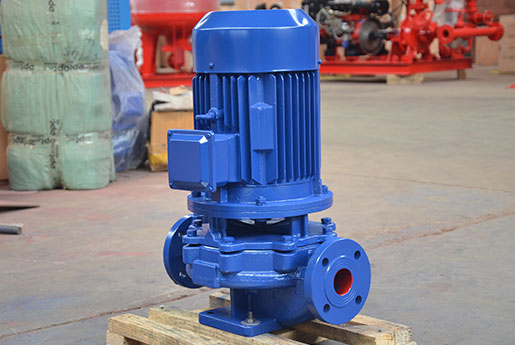Pipeline pump use requirements
Pipeline pumps are used to transport various fluids, such as water, oil, gas, chemicals, and other liquids, through pipelines. The requirements for using pipeline pumps can vary depending on the specific application, fluid properties, environmental conditions, and safety considerations. Here are some general use requirements to consider:
-
Fluid Properties:
- Understand the properties of the fluid being transported, such as viscosity, temperature, density, and corrosiveness. Pumps should be selected based on their compatibility with the fluid's characteristics.
-
Pump Selection:
- Choose the appropriate type of pump for your application, such as centrifugal pumps, positive displacement pumps, or specialty pumps (e.g., diaphragm, gear, screw pumps).
- Ensure the pump's flow rate, pressure capacity, and head are suitable for the specific pipeline system.
-
Pipeline Design:
- Design the pipeline system to accommodate the pump's flow rate, pressure requirements, and any potential pressure drops or losses.
- Consider the pipe material, diameter, length, and any necessary fittings or valves to ensure efficient fluid transport.
-
Safety Measures:
- Implement safety measures to prevent pump overloading, cavitation, and other operational issues.
- Include pressure relief valves, temperature sensors, and other safety devices as necessary to protect the pump and the pipeline system.
-
Installation:
- Properly install the pump according to the manufacturer's guidelines and industry standards.
- Ensure proper alignment, vibration isolation, and anchoring to prevent operational problems and extend the pump's lifespan.
-
Power Supply:
- Provide a reliable power source that meets the pump's electrical requirements.
- Consider backup power options or generators in case of power outages.
-
Maintenance and Inspection:
- Establish a regular maintenance schedule for the pump and associated equipment.
- Inspect and replace worn-out parts, such as seals, bearings, and impellers, to maintain optimal performance.
-
Environmental Considerations:
- Comply with environmental regulations and safety standards when handling hazardous fluids.
- Implement measures to prevent leaks, spills, and environmental contamination.
-
Monitoring and Control:
- Install monitoring and control systems to track pump performance, pressure, temperature, and other relevant parameters.
- Implement remote monitoring and control capabilities if needed.
-
Emergency Preparedness:
- Develop contingency plans for pump failures, leaks, and other emergencies.
- Train personnel on emergency procedures and responses to ensure quick and effective actions.
-
Documentation:
- Maintain accurate records of pump specifications, maintenance activities, repairs, and any modifications made to the pump or pipeline system.
Remember that these requirements can vary significantly based on the specific industry and application. Consulting with experts in pipeline design, fluid dynamics, and pump engineering is essential to ensure safe and efficient pump usage.







